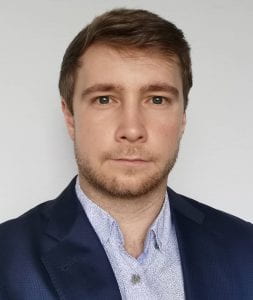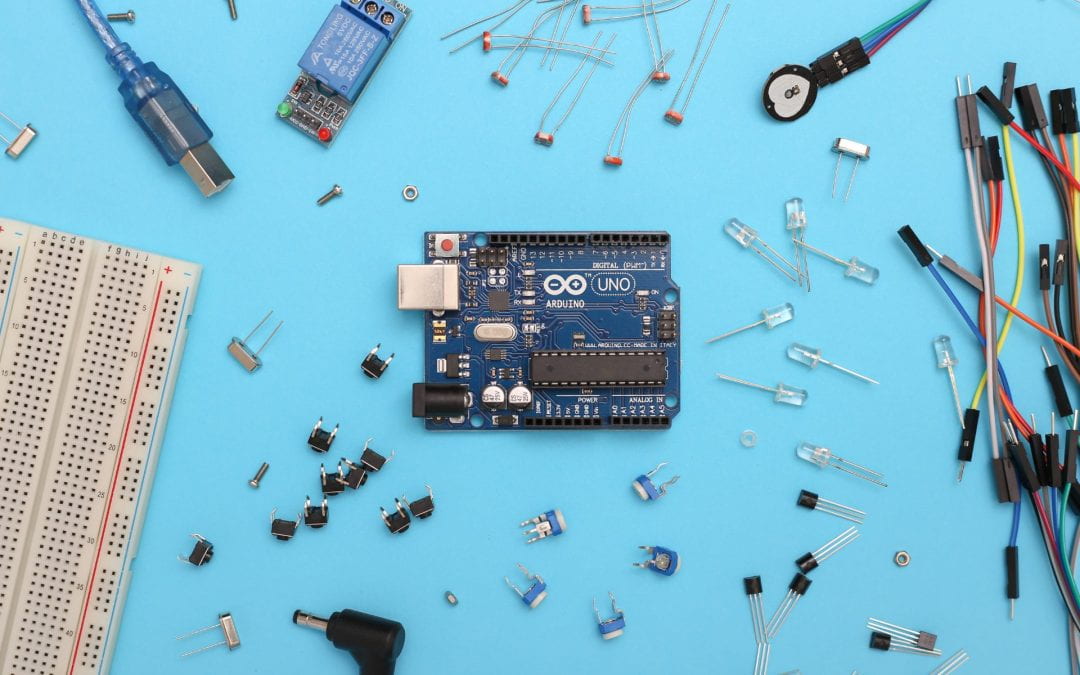William Sheard is a PhD student at the University of Auckland and holds a scholarship from Ngā Ara Whetū. William’s research hopes to transform how we see e-waste and save billions of dollars of rare metals lost yearly.
Some of the rarest and most expensive metals on earth are really some of the most common for humans. If you’re reading this article on a smartphone right now, you probably hold platinum, gold, silver, palladium, cobalt, lithium, and some other 50 different metals in your hand right now. But despite their rarity, most of these metals turn into waste when the devices are thrown away. Each year the world produces over 50 million tonnes of electronic and electrical waste, effectively throwing away over $100 billion worth of material, according to the United Nations. But William Sheard has an idea that could change that.
E-waste is packed with rare metals ripe for recycling, but companies find it difficult to retrieve them cost-effectively. William was awarded a Ngā Ara Whetū scholarship for his PhD exploring the use of sulfur to extract precious metals from their electrical graves.
“Sulfur has a really, really high affinity for what we call soft metals, like gold and mercury. So. it can pull them from a water solution,” says William. His working title for his thesis is Understanding and improving the adsorption of metal ions by polysulfides in a flow system.
But how would this system work?
Imagine you have a stream of water with tiny particles of metal floating in it. Now, imagine a special sponge made from polysulfides (a polymer made from sulfur) is placed in the stream. This sponge can attract and capture those metal particles as the water flows through it. If this can be achieved at scale, those “tiny particles of metal” would turn into tonnes of valuable materials.
Through his PhD, William and his supervisors want to better understand how this sponge works and figure out how to make it more effective at capturing metal particles. It’s like trying to enhance a sponge’s ability to soak up dirt from a stream of water.
A secondary benefit is William’s “sponge” is made from sulfur, a waste product. Williams says an estimated 7 million tonnes of sulfur is produced each year that just sits in a pile. “That’s a lot of sulfur,” says William. “It’s a really cheap, abundant waste material that we can then use to deal with other waste materials forms a nice, closed-loop; what we call a circular economy approach.”

Researcher William Sheard, winner of a Ngā Ara Whetū Scholarship. Picture supplied.
Scientists have succeeded in retrieving other metals, like iron, arsenic, and cadmium, but they have only recovered small percentages.
“We want to be doing things that people in start-ups and companies and engineers can look at and go, ‘OK, we can use this’.”
A key part of William’s research is trying to make the process scalable. So far, almost all research on the adsorption of metals by polysulfides has been done via a batch technique, where the process happens inside a small beaker. While this works well in small laboratories, processing large volumes of water this way becomes increasingly difficult and costly. “Once you start looking at tens, hundreds and thousands of litres of water contaminated with metals, you can’t just have a large pot anymore. That doesn’t work.”
This is when the “flow system” comes into play. A water solution continuously flows through a system with a sulfur polymer acting as a filter, pulling the metals out as the water passes through with clean water left over.
“That way you can filter large amounts of water much more efficiently this way, and that’s how things are typically done industrially,” said William. “We want to tailor as much of our research as we can towards how things are performed in industry so that the results we’re getting are commercially applicable down the line. We want to be doing things that people in start-ups and companies and engineers can look at and go, ‘OK, we can use this’.”
We don’t want to be throwing away anything that we don’t have to be throwing away.”
With billions of dollars of metals inside the e-waste created yearly, there is huge potential to commercialise the process.
“Gold is the money maker, the flashy one right now. IT companies in New Zealand are already starting to pull gold out of electronics waste. But like I said, there are so many other metals, and a lot of them are incredibly rare and incredibly limited in terms of how much we have on earth. There’s a very limited amount, so we don’t want to be throwing away anything that we don’t have to be throwing away.”
As a research centre devoted to the climate, biodiversity and society, Ngā Ara Whetū was pleased to award William a scholarship worth $33,000 per year.
“Part of why Ngā Ara Whetū is so fantastic is I have the opportunity to work cross-disciplinary,” said William. Ngā Ara Whetū is a collaboration between schools, faculties, and research centres, which enables inter-institutional collaborations. For William’s PhD, his supervisors are Dr Erin Leitao from the Faculty of Science and Dr Lokesh Padhye from the Faculty of Engineering.
Words by Jack Marshall. To find out more, contact ngaarawhetu@auckland.ac.nz
Photo by John Cameron on Unsplash

